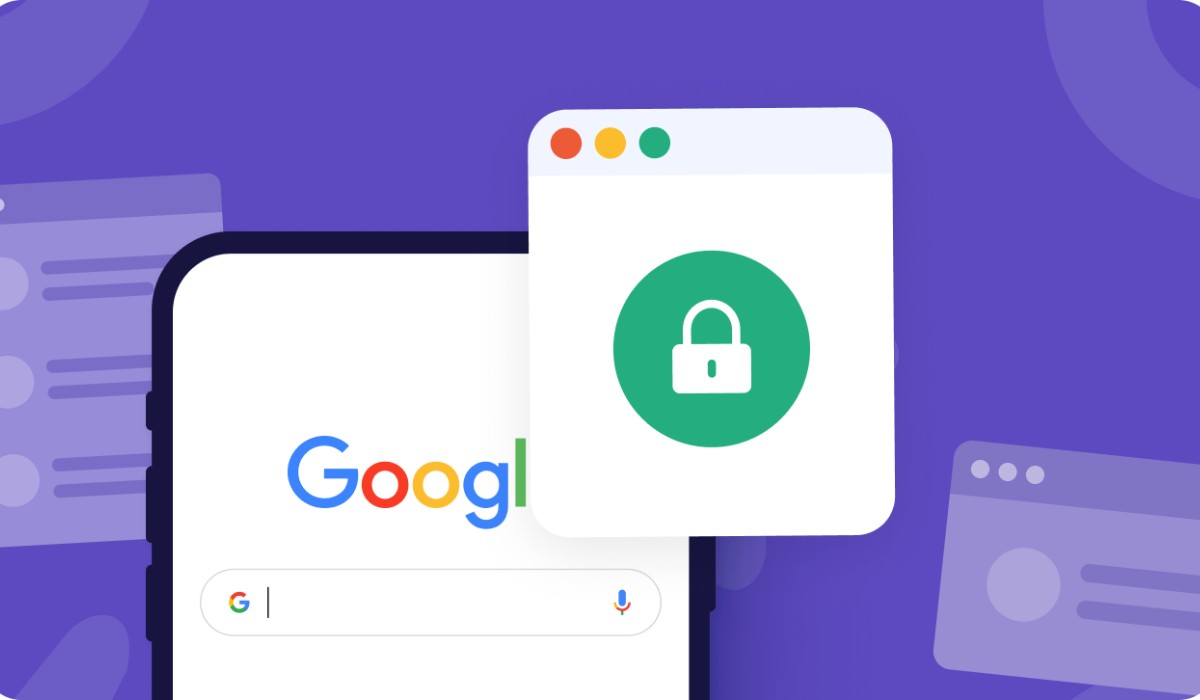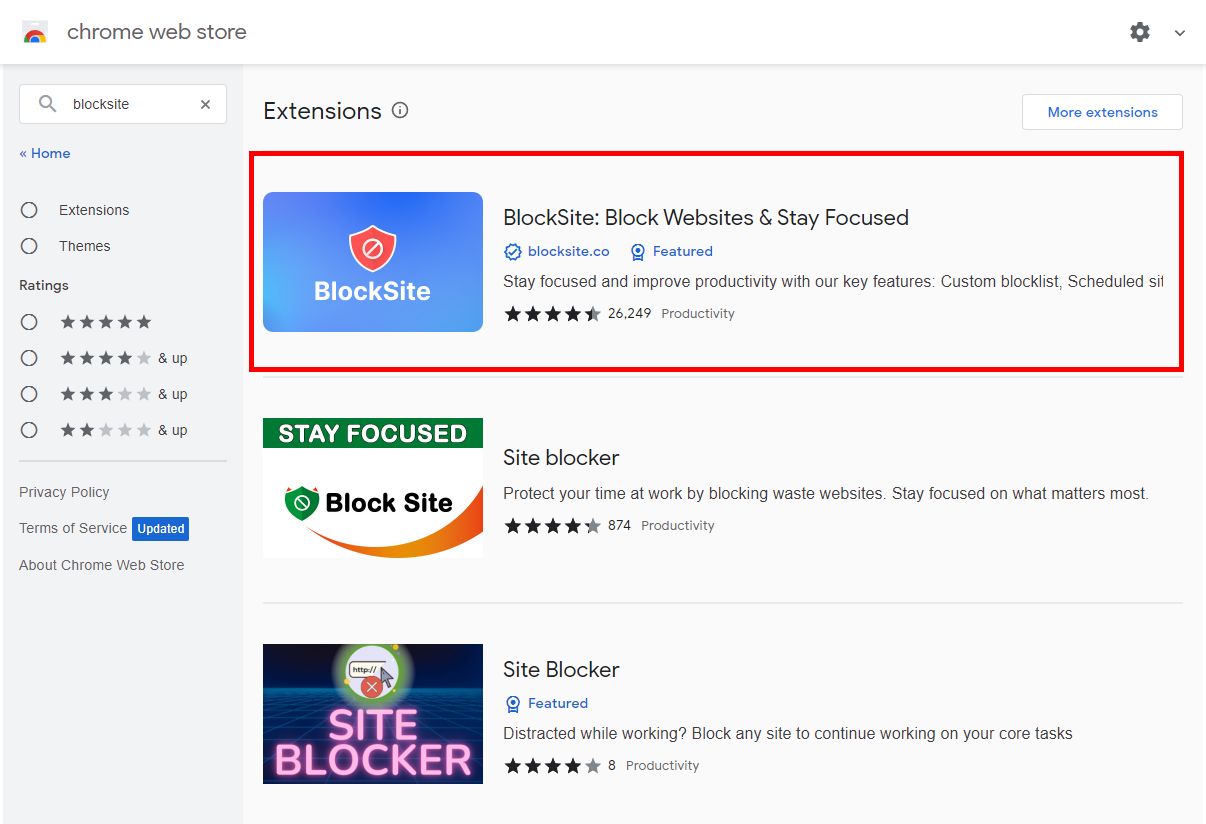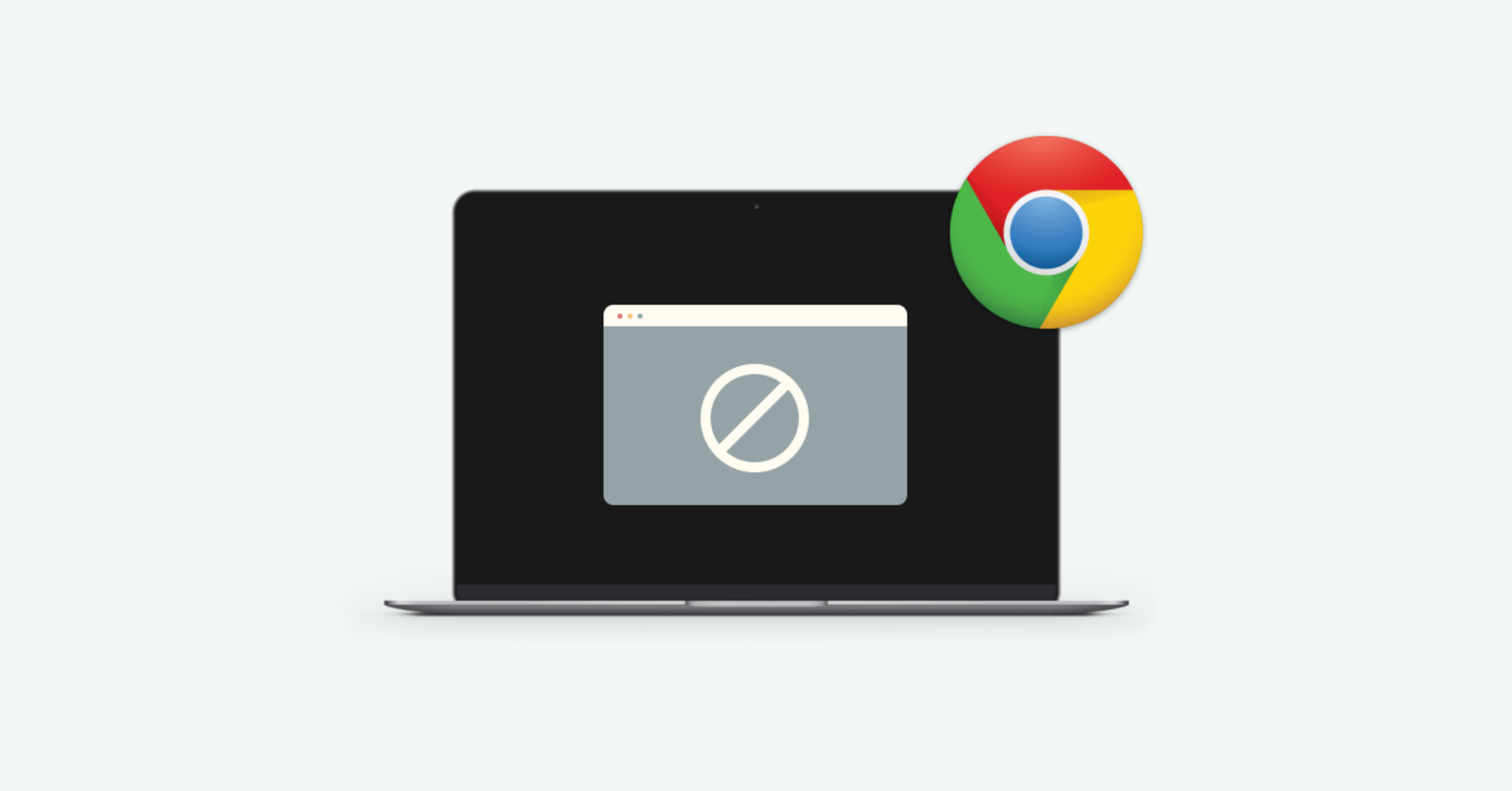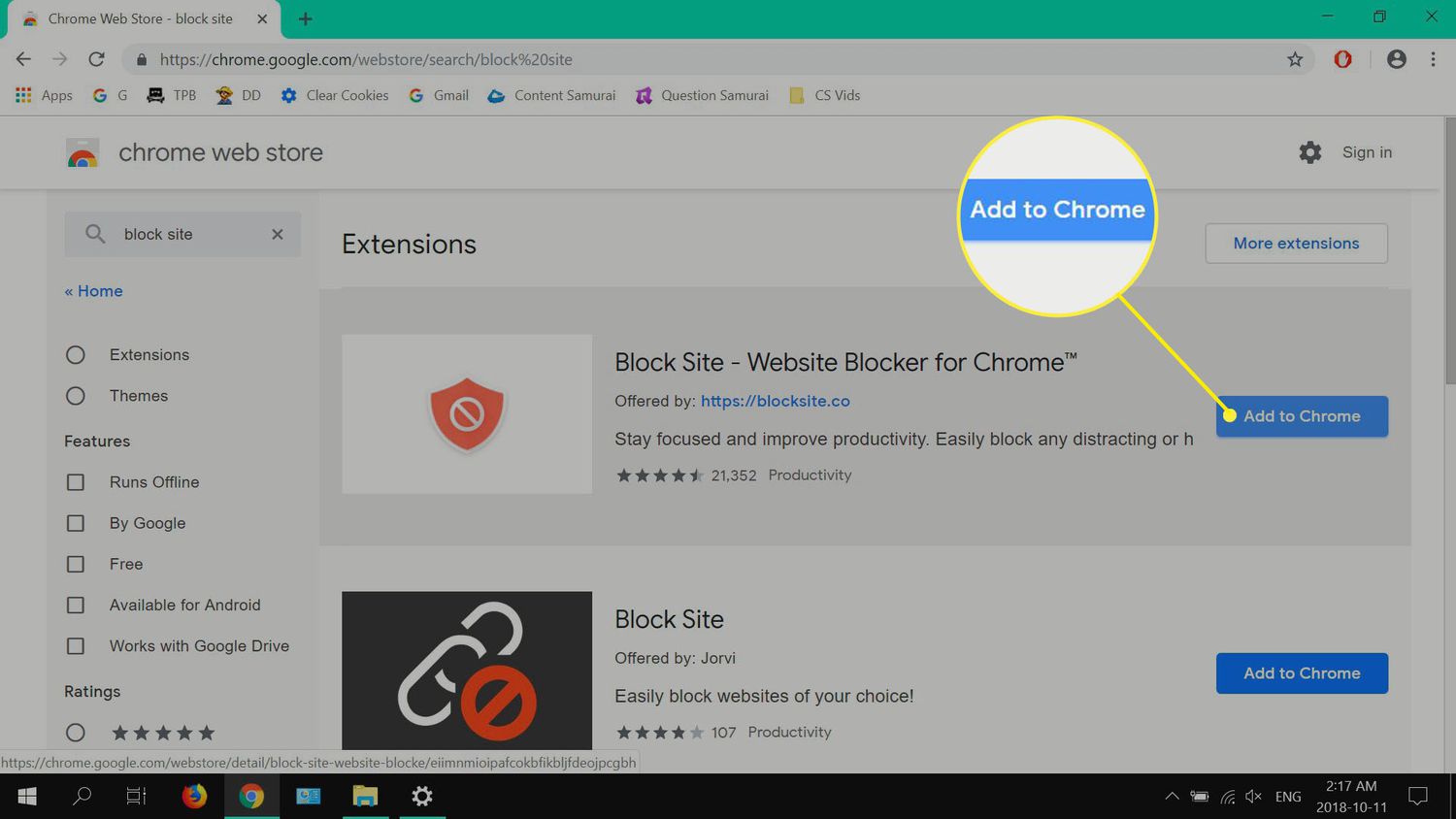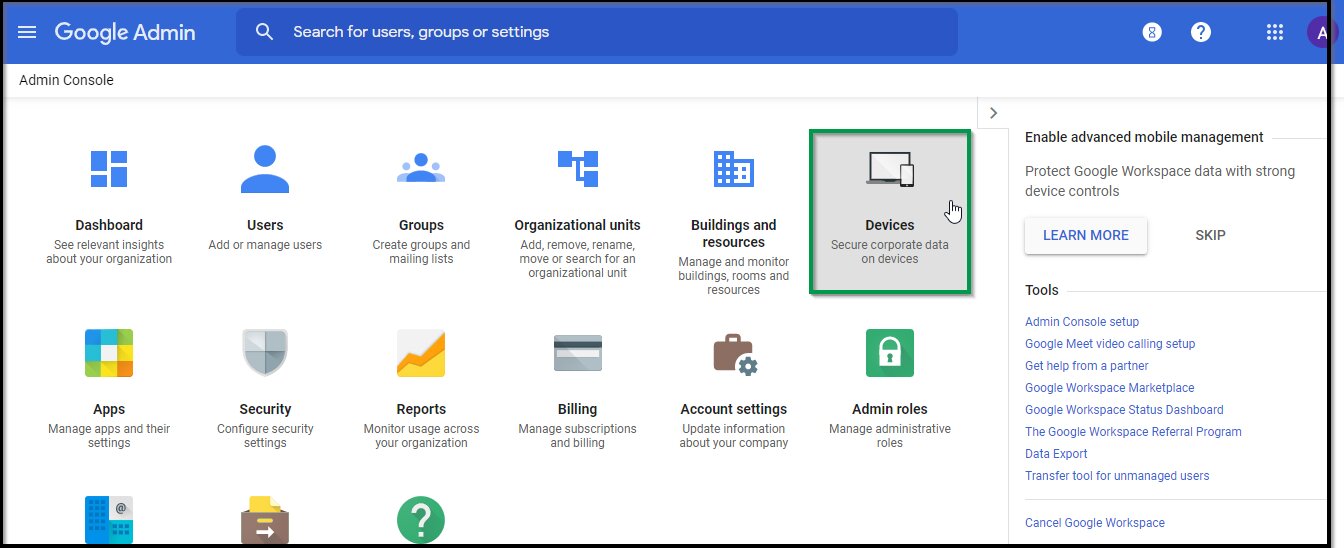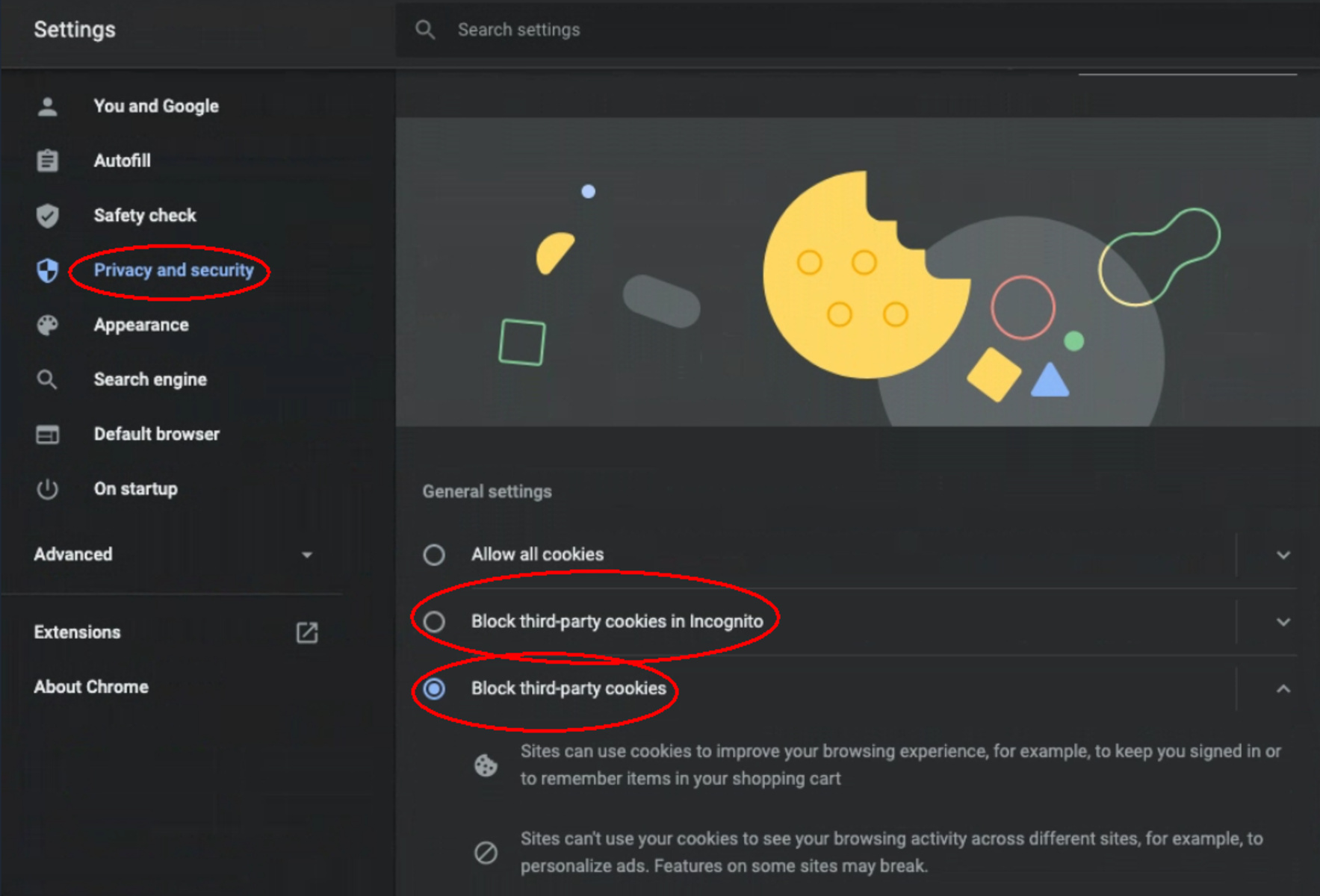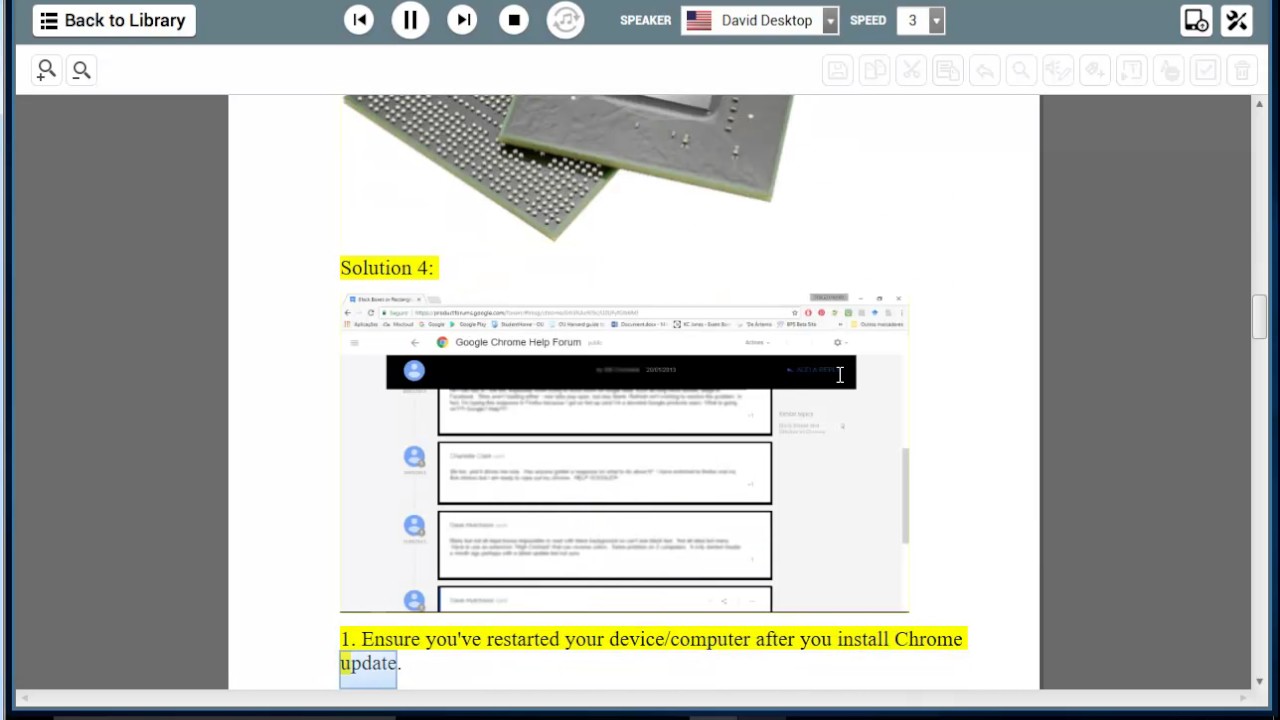Introduction
Blocking a website on Chrome can be a valuable tool for managing your online activities. Whether you want to increase productivity, limit access to certain content, or create a safer browsing environment for children, knowing how to block websites on Chrome gives you greater control over your internet experience.
In this article, we will explore various methods to block websites on Chrome, catering to different needs and technical proficiencies. From using Chrome extensions to editing the hosts file and employing parental control software, there are multiple approaches to achieve this goal. Each method offers its own set of advantages and considerations, allowing you to make an informed decision based on your specific requirements.
By understanding these techniques, you can take charge of your browsing habits and customize your online environment to align with your preferences. Whether you seek to minimize distractions, enhance security, or regulate internet access for others, the ability to block websites on Chrome empowers you to shape your digital landscape according to your needs.
Let's delve into the various methods and explore how you can effectively block websites on Chrome, enabling you to curate a browsing experience that aligns with your goals and values.
Method 1: Using Chrome Extension
One of the most straightforward and user-friendly methods to block websites on Chrome is by utilizing Chrome extensions specifically designed for this purpose. These extensions offer a convenient way to regulate your browsing habits and enhance productivity by restricting access to specific websites. Here's how you can effectively employ Chrome extensions to block unwanted websites:
-
Selecting a Suitable Extension: The Chrome Web Store features a variety of extensions tailored for website blocking. Look for extensions with positive reviews and a user-friendly interface. Popular options include "Block Site," "StayFocusd," and "Site Blocker." Once you've identified a suitable extension, click "Add to Chrome" to install it.
-
Configuring Blocked Websites: After installation, access the extension's settings to specify the websites you want to block. Most extensions allow you to enter the URLs of the websites you wish to restrict. Additionally, some extensions offer advanced features such as scheduling access periods and setting up password protection to modify the block list.
-
Customizing Block Settings: Depending on your preferences, you can customize the block settings to align with your specific needs. For instance, you may choose to display a personalized message or redirect to a different webpage when attempting to access a blocked site. This level of customization adds a personal touch to the blocking process and reinforces your commitment to curbing distractions.
-
Utilizing Additional Features: Many website-blocking extensions offer supplementary features to enhance their functionality. These may include the ability to block specific page elements, set up redirection loops to deter repeated attempts to access blocked sites, and even track your browsing history to provide insights into your online habits.
-
Ensuring Extension Security: When selecting a Chrome extension for website blocking, prioritize security and reliability. Opt for extensions with a significant user base and positive feedback to minimize the risk of potential security vulnerabilities or intrusive behavior.
By leveraging Chrome extensions for website blocking, you can seamlessly integrate this functionality into your browsing experience, fostering a more focused and intentional approach to online activities. Whether you aim to limit social media usage, curb time-wasting habits, or create a distraction-free environment for work or study, Chrome extensions offer a versatile and accessible solution to effectively block websites on Chrome.
Method 2: Editing Hosts File
Editing the hosts file is a more technical yet effective method to block websites on Chrome. The hosts file, present in all operating systems, serves as a local DNS (Domain Name System) resolver, allowing you to manually map domain names to specific IP addresses. By strategically modifying the hosts file, you can redirect unwanted website requests to a non-existent or alternative IP address, effectively preventing access to those sites. Here's a detailed guide on how to utilize the hosts file to block websites on Chrome:
-
Locating the Hosts File: The hosts file is typically located in different directories based on the operating system. For Windows, it is commonly found at C:\Windows\System32\drivers\etc\hosts, while on macOS and Linux, it resides at /etc/hosts. Accessing and editing this file may require administrative privileges.
-
Opening the Hosts File: To edit the hosts file, you can use a text editor with administrative permissions. On Windows, you can open Notepad or any preferred text editor as an administrator. On macOS and Linux, you can use the terminal-based text editor, such as nano or vi, with sudo privileges.
-
Adding Website Entries: Once the hosts file is open for editing, you can add entries to block specific websites. By mapping the website's domain name to an invalid IP address (e.g., 127.0.0.1), you can effectively block access to that site. For example, adding the line "127.0.0.1 www.unwanted-website.com" will redirect any attempts to access that website to the local host, rendering it inaccessible.
-
Saving and Applying Changes: After adding the desired website entries, save the hosts file. Ensure that the changes are applied by flushing the DNS cache or restarting the browser. This step is crucial to ensure that the modified hosts file takes effect and effectively blocks the specified websites.
-
Verifying the Block: To confirm that the websites have been successfully blocked, attempt to access them through the browser. If the block is effective, the browser should display an error message or fail to load the website, indicating that the hosts file modification has been successful.
By leveraging the hosts file to block websites on Chrome, you gain granular control over internet access, allowing you to tailor your browsing experience according to your preferences. While this method requires a basic understanding of file editing and system permissions, it offers a powerful and versatile approach to effectively block websites at the system level, ensuring that unwanted sites remain inaccessible across all browsers and applications.
Method 3: Using Parental Control Software
Utilizing parental control software is a comprehensive and user-friendly approach to block websites on Chrome, particularly when managing internet access for children or implementing strict browsing restrictions. Parental control software offers a range of features designed to regulate and monitor online activities, empowering parents and guardians to create a safe and secure digital environment for young users. Here's an in-depth exploration of how parental control software can effectively block websites on Chrome:
1. Selecting a Suitable Parental Control Solution
When considering parental control software, it's essential to choose a reputable and feature-rich solution that aligns with your specific requirements. Numerous parental control applications, such as Qustodio, Norton Family, and Kaspersky Safe Kids, offer robust website blocking capabilities alongside other essential features like content filtering, activity monitoring, and time management tools.
2. Configuring Website Blocking Settings
Upon installing the chosen parental control software, you can access the website blocking settings to specify the websites you intend to block. These intuitive interfaces typically allow you to enter URLs or assign website categories to be restricted, ensuring that access to inappropriate or distracting content is effectively curtailed. Additionally, some software enables the creation of custom block lists and the establishment of access schedules to further tailor the browsing experience.
3. Implementing Customized Restrictions
Parental control software often provides the flexibility to apply customized restrictions based on individual user profiles. This feature is particularly valuable in multi-user environments, allowing tailored website blocking rules for each user, ensuring that the internet access for children and adults can be managed independently.
4. Monitoring and Reporting Capabilities
In addition to website blocking, parental control software typically offers comprehensive monitoring and reporting capabilities. This includes detailed activity logs, real-time alerts for attempted access to blocked sites, and insights into browsing habits. These features empower parents to gain a deeper understanding of their children's online behavior and intervene when necessary.
5. Cross-Platform Compatibility
Many parental control solutions extend their functionality beyond Chrome, offering cross-platform compatibility to regulate internet access across various devices and browsers. This ensures consistent website blocking measures, regardless of the device or browser being used, providing a holistic approach to online safety and supervision.
By leveraging parental control software to block websites on Chrome, parents and guardians can establish a secure and controlled online environment for their children, fostering responsible and safe internet usage. The comprehensive features and intuitive interfaces of these applications simplify the process of implementing website blocking measures, empowering adults to safeguard young users from potentially harmful or inappropriate online content.
Conclusion
In conclusion, the ability to block websites on Chrome empowers users to take control of their online experiences, whether for personal productivity, content regulation, or creating a safer browsing environment for children. By exploring the various methods outlined in this article, individuals can tailor their internet usage to align with their specific needs and preferences.
The utilization of Chrome extensions for website blocking offers a user-friendly and customizable approach, allowing individuals to seamlessly integrate this functionality into their browsing experience. Whether it's limiting social media usage, curbing time-wasting habits, or creating a distraction-free environment for work or study, Chrome extensions provide a versatile solution to effectively block websites on Chrome.
For those seeking a more technical yet powerful method, editing the hosts file presents a granular approach to website blocking. By redirecting unwanted website requests at the system level, users can ensure that specified websites remain inaccessible across all browsers and applications, providing a comprehensive solution for managing internet access.
Furthermore, parental control software emerges as a comprehensive and intuitive approach, particularly for managing internet access for children or implementing strict browsing restrictions. With features such as website blocking, content filtering, activity monitoring, and cross-platform compatibility, parental control software empowers parents and guardians to create a safe and secure digital environment for young users.
In essence, the diverse methods for blocking websites on Chrome cater to a wide range of needs and technical proficiencies, offering individuals the flexibility to curate their online environment according to their preferences. Whether it's enhancing productivity, fostering a safer browsing environment, or regulating internet access for others, the knowledge and implementation of these methods enable users to shape their digital landscape in a manner that aligns with their goals and values. By leveraging these techniques, individuals can navigate the online world with greater intentionality and control, ultimately enhancing their overall browsing experiences.









